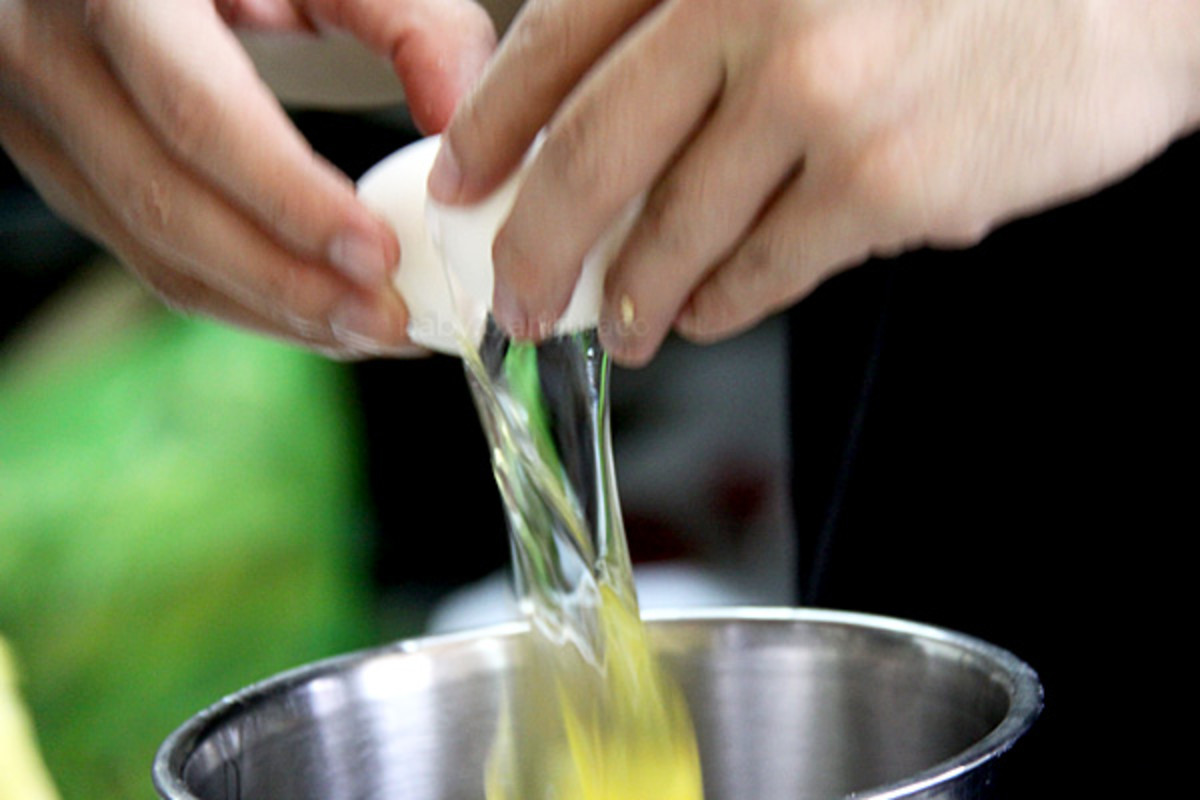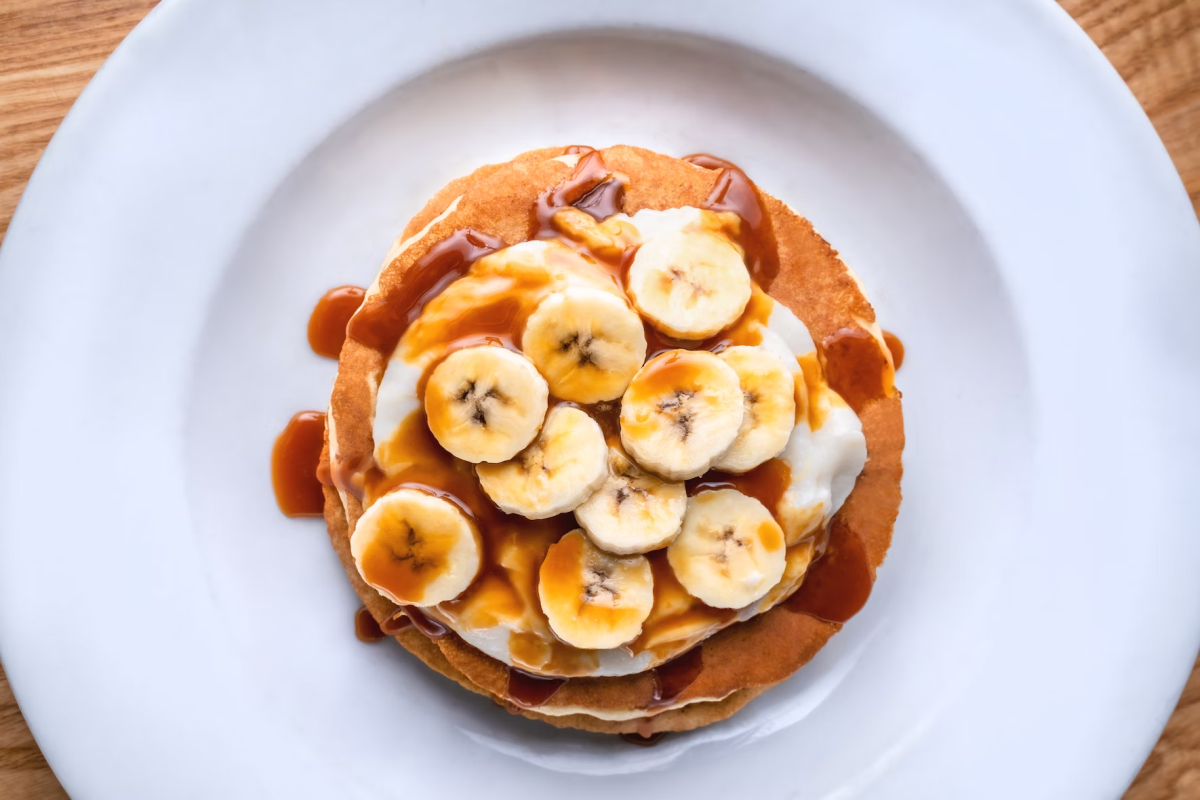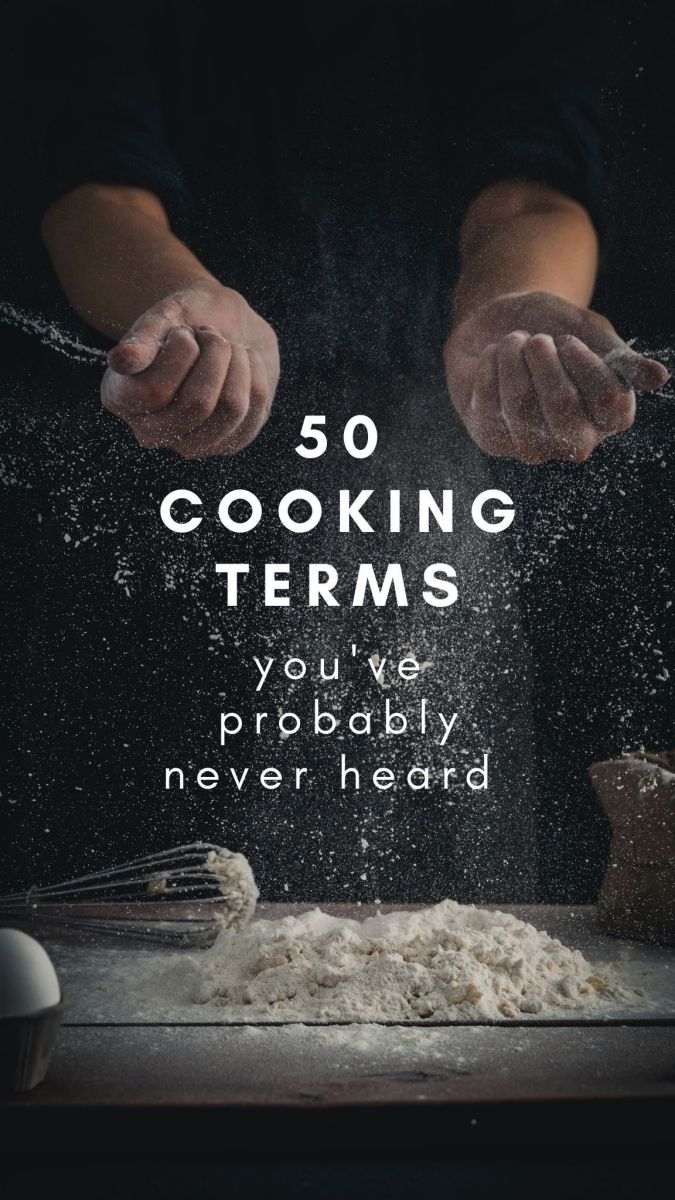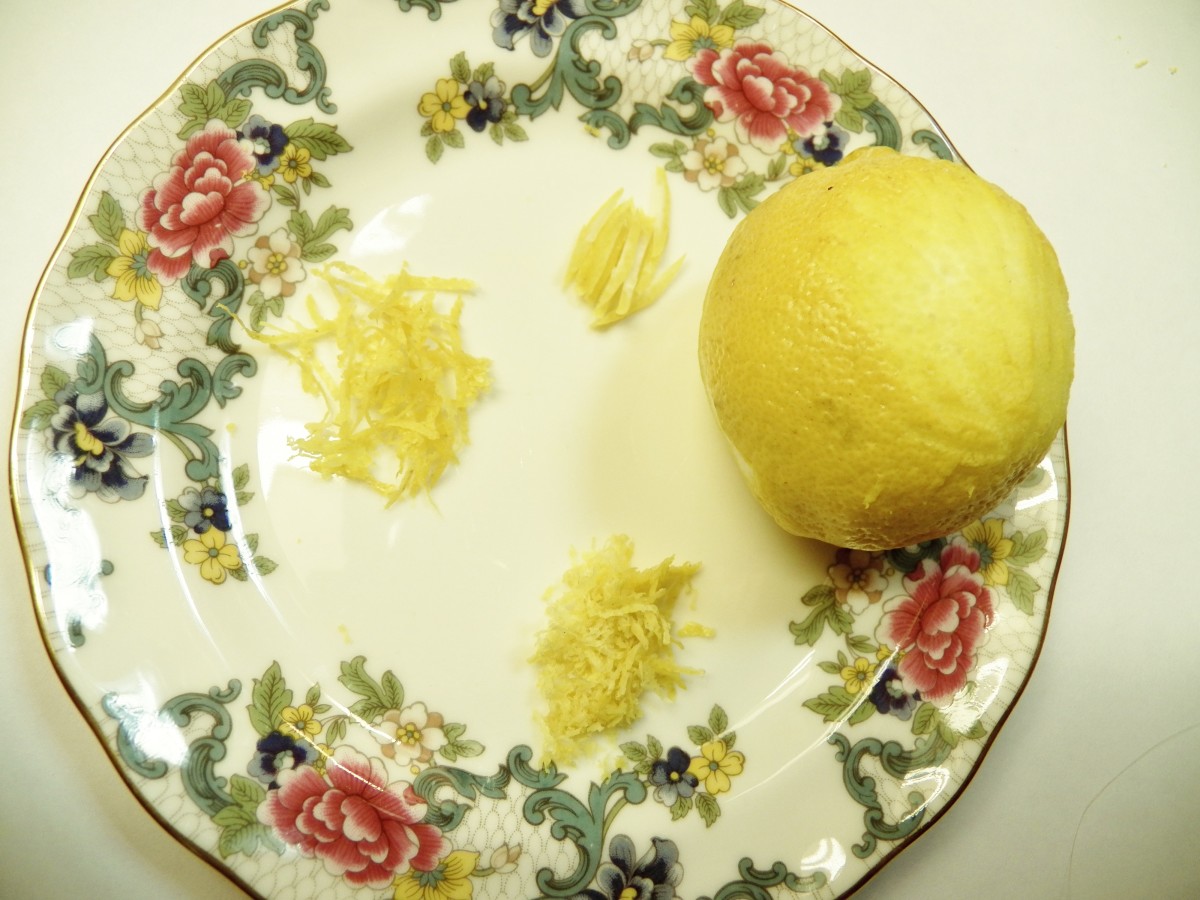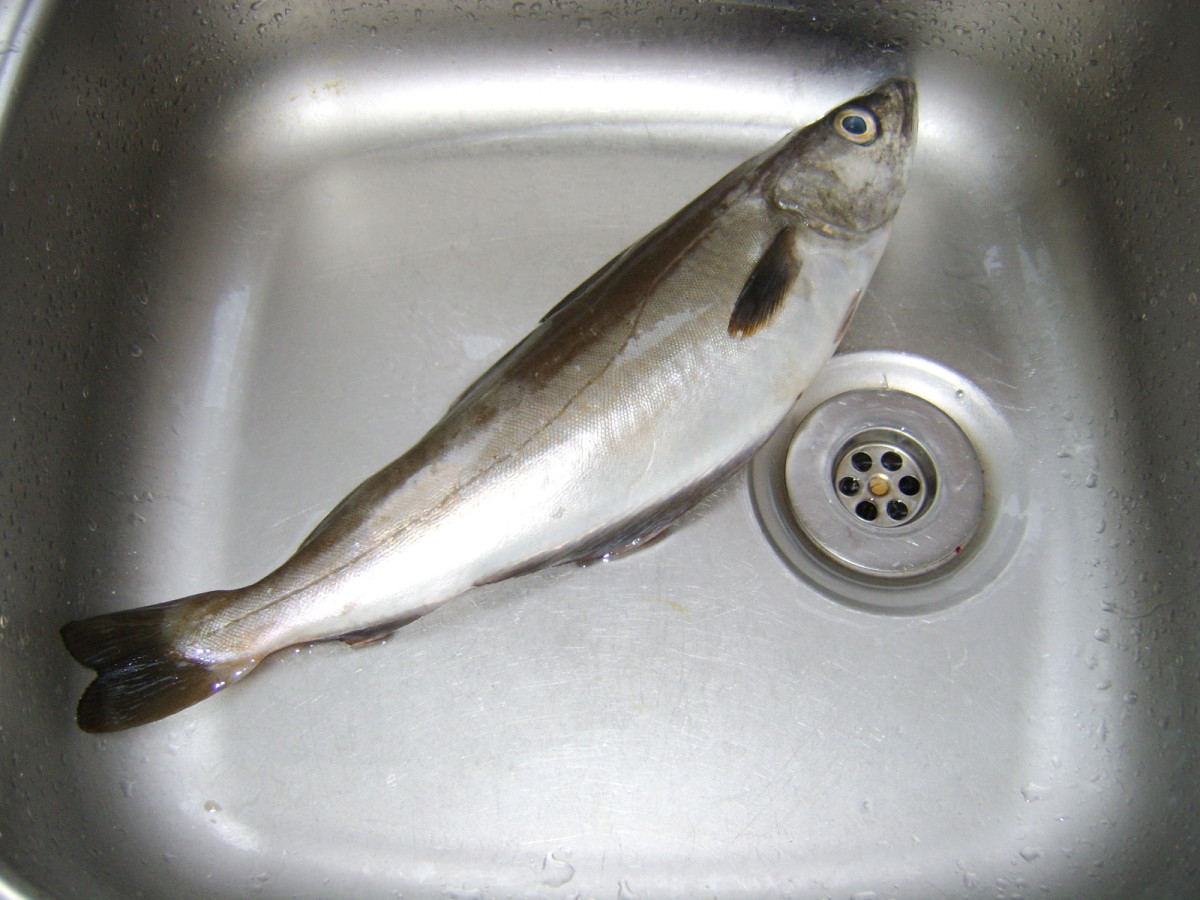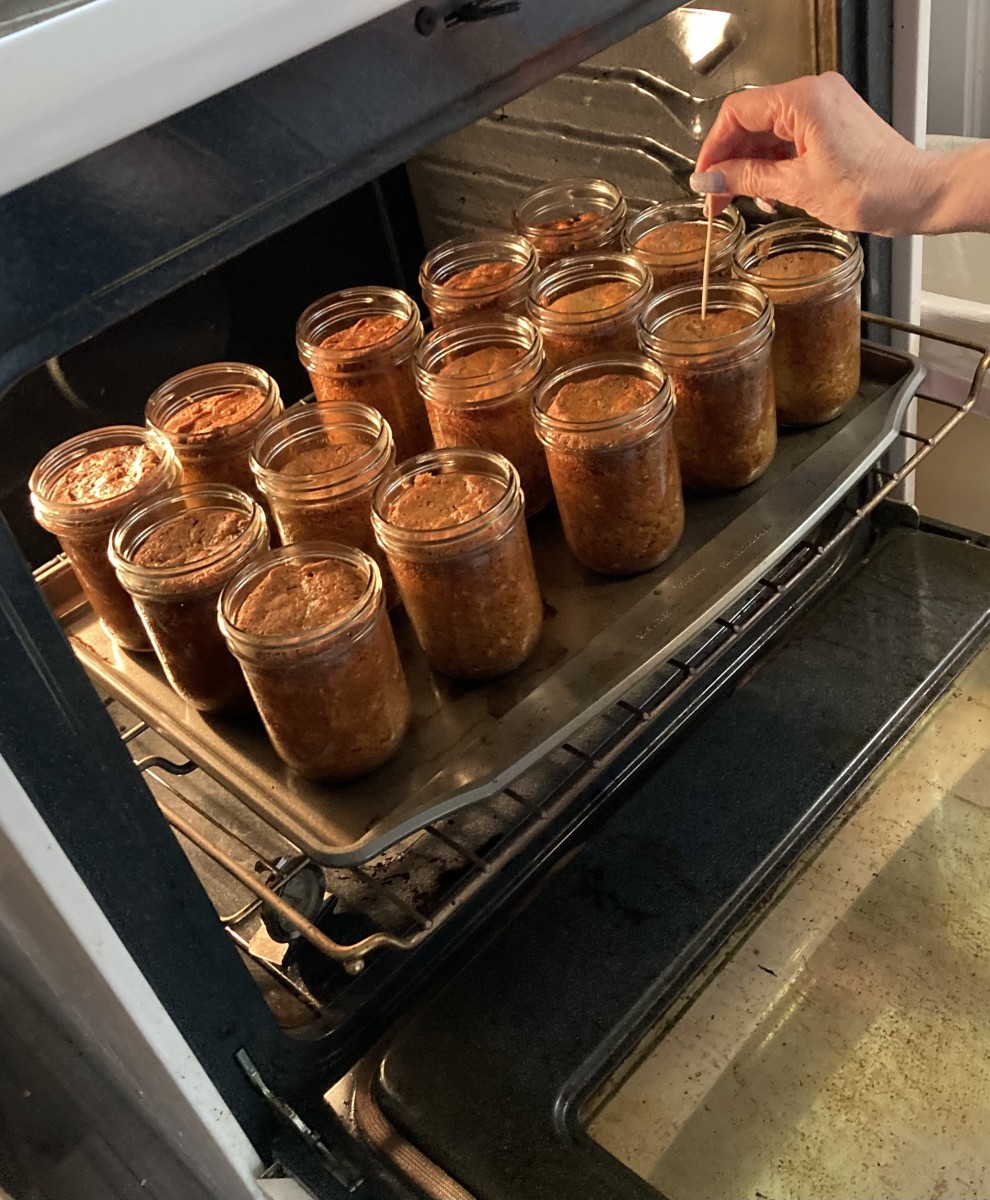Ask Carb Diva: Questions & Answers About Food, Recipes, & Cooking, #92
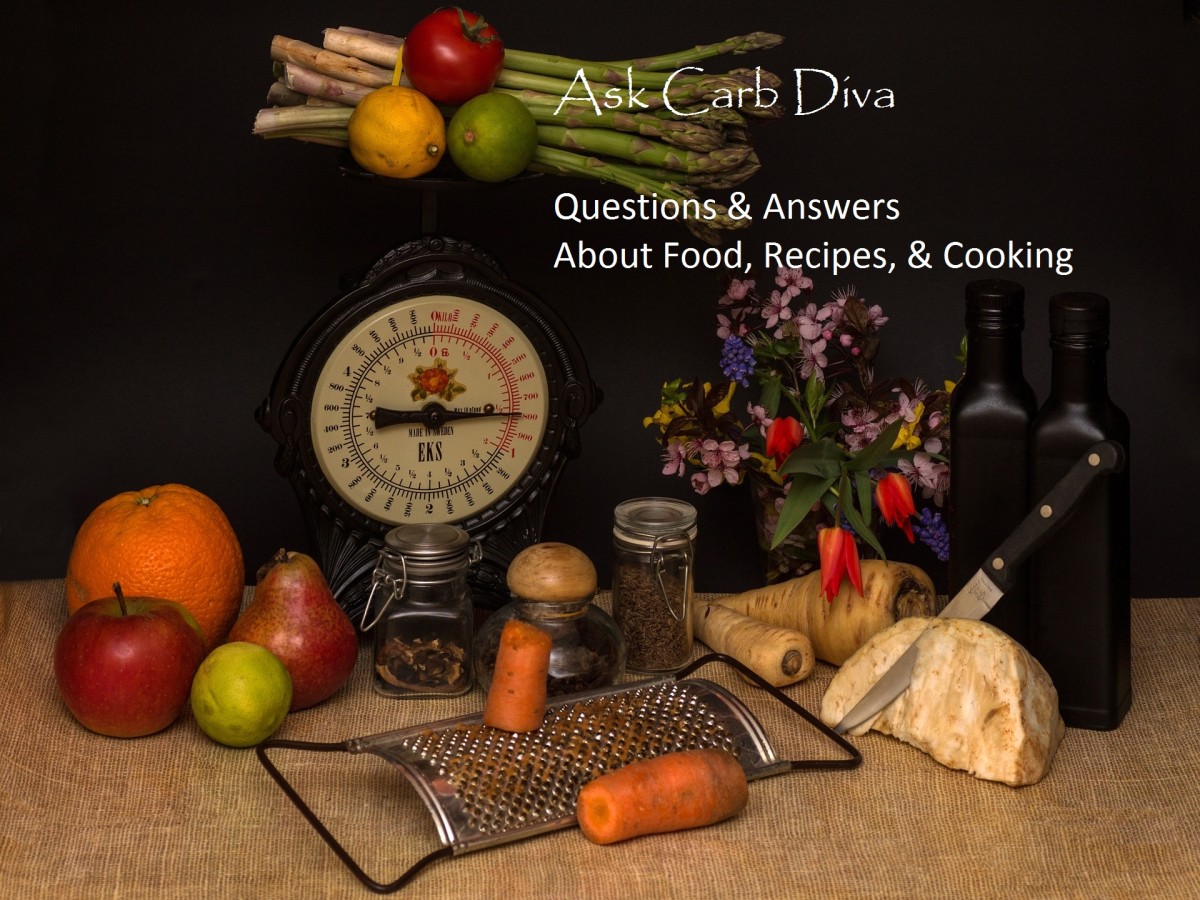
I Couldn't Believe It
Several years ago I read an article in the Washington Post that absolutely stunned me in a jaw-dropping “I can’t believe this is true” sort of way. My “fake news” alarms were clanging at a deafening level. But then, I did some research and found, much to my horror, that the report was true.
I will spare you the gory details, but here’s an abridged version of the story by Caitlin Dewey:
- Seven percent of all American adults think that chocolate milk comes from brown cows.
- A 1990’s study by the U.S. Department of Agriculture revealed that 1 in 5 adults did not know that hamburgers are made from beef.
- A team of researchers interviewed 4th-, 5th-, and 6th-graders at a city school in California—half of them did not know that pickles are cucumbers or that onions and lettuce were plants.
- Forty percent of the same group of students was unaware that hamburgers come from cows and 3 in 10 did not understand that cheese is made of milk.
One hundred fifty years ago (plus or minus a decade or so) these statistics would have been very different. However, we are no longer a rural populous. Few of us step out of our house into a farm or garden plot. Our food comes from the grocery store or (sadly) from a restaurant or fast-food franchise so we don’t even experience the sight, smell, and feel of food products in their raw state.
That’s why educational school garden programs such as the Food Corps are important.
That’s why workshops for children and families like Growing Chefs in Vancouver, B.C. are important.
That's why farmers' markets and county and state fairs are important.
That's why people like Bill Holland (Hub Pages' billybuc), who write blogs to educate and inform us about urban farming, are important. And, I'd like to think that the two articles I write each week here at Hub Pages help too. I try to teach you about food and nutrition, menu planning and meal prep, frugal cooking, and having the confidence to cook your own food. And I hope you will share what you learn with your friends and family.
Let's Get Started
Let's open the mailbox. If you're an old friend, you already know how this works. But, if this is your first visit, let me introduce you to my kitchen.
Each week I receive questions about food ingredients, cooking or baking terms or methods, requests for recipes, and queries about nutrition. Just about anything food-related has been covered here.
I'm sharing this past week's questions and my responses; it happens every Monday. Want to join in the fun? You can leave your question in the comments below, and next week the answer will be right here. It's that easy.
The first question today comes from Pamela Oglesby.
Meal Help Programs for Seniors
I don't know if this is a good question for your article, but I am wondering if any of these organizations where you can purchase meals is worthwhile. I was looking for something where I don't have to stand and cook due to my back pain. What I have seen so far are meals where I still have to peel vegetables, cut them up and cook. I am looking for something where I do less standing to cook, as it is really painful.
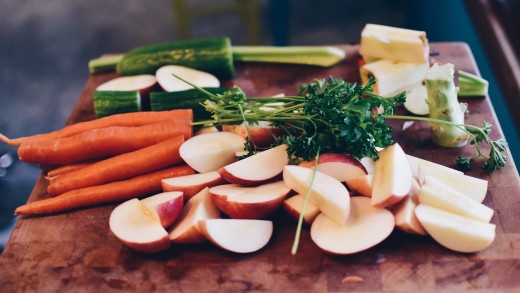
Pamela, in 1943 the “Meals on Wheels” program was started in the United Kingdom; their goal was to provide food to those who had lost their homes to the Blitz (and thus the ability to cook). Ten years later the program expanded to Australia and the next year to the United States. The program continues to operate today and provides nourishment to homebound senior citizens and shut-ins.
With an ever-growing senior population, the market for senior meal service is expanding far beyond Meals on Wheels. There are two types of programs available, and I’m going to briefly discuss both for the benefit of the other readers.
Ready to Cook
- Meal kits eliminate the hassle of grocery shopping and meal planning. All of the ingredients needed to prepare a balanced meal are prepackaged and arrive at your door along with a recipe card and detailed meal-prep instructions.
- These are great for those who are able-bodied, independent, and enjoy cooking but perhaps no longer drive.
- A typical meal plan covers only 3 or 4 meals a week.
- Some well-known providers are Diet-to-Go, Silver Cuisine, Magic Kitchen, Blue Apron, HelloFresh, Green Chef, and Plated
Ready to Heat
- These meals are ready to go into the oven or microwave and remove the worry of shopping, meal preparation, and cooking. Many can be tailored to suit individual needs for nutrition.
- If seniors need help preparing balanced and nutritious meals, find it difficult to cook, and are perhaps unsafe doing meal-prep, this is a good option. (Balance, vision problems, and arthritis can make working in the kitchen dangerous.)
- Meal plans can cover 3 meals a day plus snacks but can be pricey—at least $30 per day.
- Some well-known providers are Silver Cuisine, Balance, Home Bistro, Diet-to-Go, Healthy Chef, Magic Kitchen, Mom’s Meals
Name of Program
| Plan Details
|
|---|---|
Silver Cuisine
| Offers 7-day ($134.96), 5-day ($112.46), and custom programs, shipping not included.
|
Balance
| Customize a plan to fit your needs, order what you need, no minimums, no membership
|
Home Bistro
| Choose from 50+ gourmet meals, order individual meals or combos
|
Diet-to-Go
| 15 meals per week with options for diabetes, seniors, singles, low-carb, low-fat, organic, vegetarian, and weight-loss
|
Healthy Chef
| Eighteen weekly choices, delivered every Friday. Good for those with special dietary needs
|
Magic Kitchen
| Has two different plans—complete meals or a la carte (main courses, soups, side dishes)
|
Mom's Meals
| Choose your meals from an extensive menu. Limited to those over 65, disabled, or on Medicare/Medicaid
|
I understand that this is not specifically what you were asking for. But, if vegetables (for example) were pre-peeled and diced they would have a much shorter shelf life which, one can assume, would increase the cost of ready-to-cook food kits.
You might ask your pastor/priest if they can recommend anyone in your church who could help. I'll bet just a couple of times a week for an hour would be all it takes to do that prep work for you. Or maybe a young neighbor.
There is perhaps one other avenue. There is a company called Task Rabbit. They provide hourly helpers for just about any task you can think of—running errands, helping pack or unpack for moving, assistance with house cleaning or decorating for the holidays, help with assembling furniture or moving heavy items—the list goes on and on. I went to their website, described the help that you needed, and fund that in my area (Pacific NW) the cost ranged from $17.34 to $34.11 per hour.
I hope you can find the help that you need Pamela and I will continue to look for other options.

Each week we learn about a food item that you probably toss into the trash bin without a thought or a care—until today that is. Let's find out which discards can be re-used and re-purposed.
Citrus Peels
In cooking and baking, a touch of lemon, lime, or orange zest can contribute a huge pop of flavor. That outermost colorful part of citrus fruit contains essential oils that carry the flavors and aromas to tantalize our taste buds. Here's how to use them in your kitchen, garden, and around the house.
Cooking and Baking
- Make candied peel.
- Dry the peel by placing on a drying rack for several days. Store in a jar away from direct sunlight and add to your cup of tea.
- Add the zest to sugar cookie dough, vanilla cake batter, pancakes, waffles, or shortcakes.
- Homemade marmalade
- Grate lemon zest on cooked chicken or fish.
- Stir zest into tartar sauce, mayonnaise, or add to oil and vinegar salad dressing.
- Make limoncello!
Note: If you plan to remove the zest or peel (outer rind) from your citrus, do so before slicing and/or juicing. It's a lot easier to hold onto that fruit when it's firm, round, and intact. Also, be sure to wash the fruit before zesting.
Garden
- They add nitrogen to your compost bin.
- Dry the peels and then grind into a powder (I have an inexpensive coffee grinder that I use just for citrus and spices). Use the powder to enrich your soil. Citrus peels contain sulfur, magnesium, and calcium.
- Scatter them in your garden to keep cats from using your flower beds as their litter box—they hate the smell.
- But other "critters" love them. Leaving citrus peels in a shallow dish is a great way to attract butterflies to your garden.
Around the House
- Simmer them in a small pan of water to freshen your kitchen. Less expensive than a room deodorizer and environmentally friendly.
- Add citrus peels to an empty spray bottle and fill with equal parts distilled white vinegar and water. Use the mixture as a cleaning spray–works great on countertops!
- After you've zested your lemon (or lime or orange) an squeezed out the juice all that's left is the pith and squishy pulp. Believe it or not, this too has a purpose in life. Use it to freshen your garbage disposal. Chop into several pieces and then, plop into the disposal, turn on the cold water and then hit the switch. The fragrance of citrus will fill the air and remove any sour/funky smells from your disposal unit.
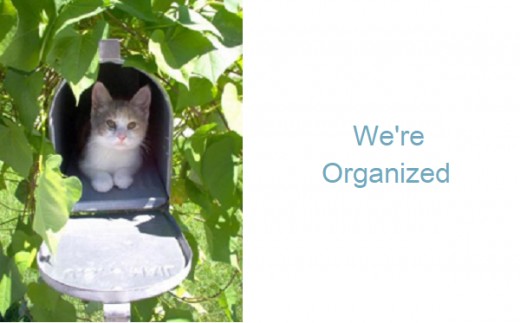
Did you know that there is a Table of Contents for this series? I have created an article that provides a detailed listing of each question I've received. It's broken down by category, and within each category, the questions are listed alphabetically. Each question is actually a hotlink back to the original post.
Here's a link to that Table of Contents.
I have also cataloged all of my personal recipes that I have shared with you in this weekly Q&A series and in all of my other articles as well. The link to that Index is here. There are hotlinks to each recipe and this will be updated as new recipes are shared.
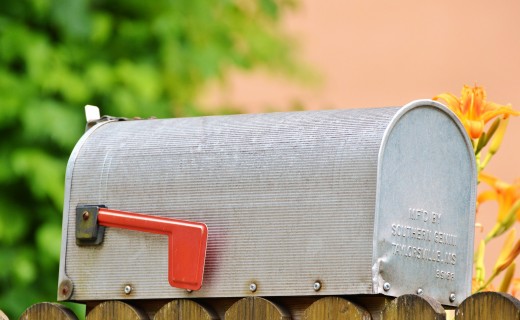
Let's do this again next week. If you have questions about foods, cooking techniques, or nutrition you can ask them here. If you are in search of an old recipe or need ideas on how to improve an existing one I can help you. If you want to learn more, let's do it together. Present your questions, your ideas, your comments below. Or, you can write to me personally at this email address: lindalum52@gmail.com.
And, I promise that there will always be at least one photo of a kitty in every Monday post.
© 2019 Linda Lum

